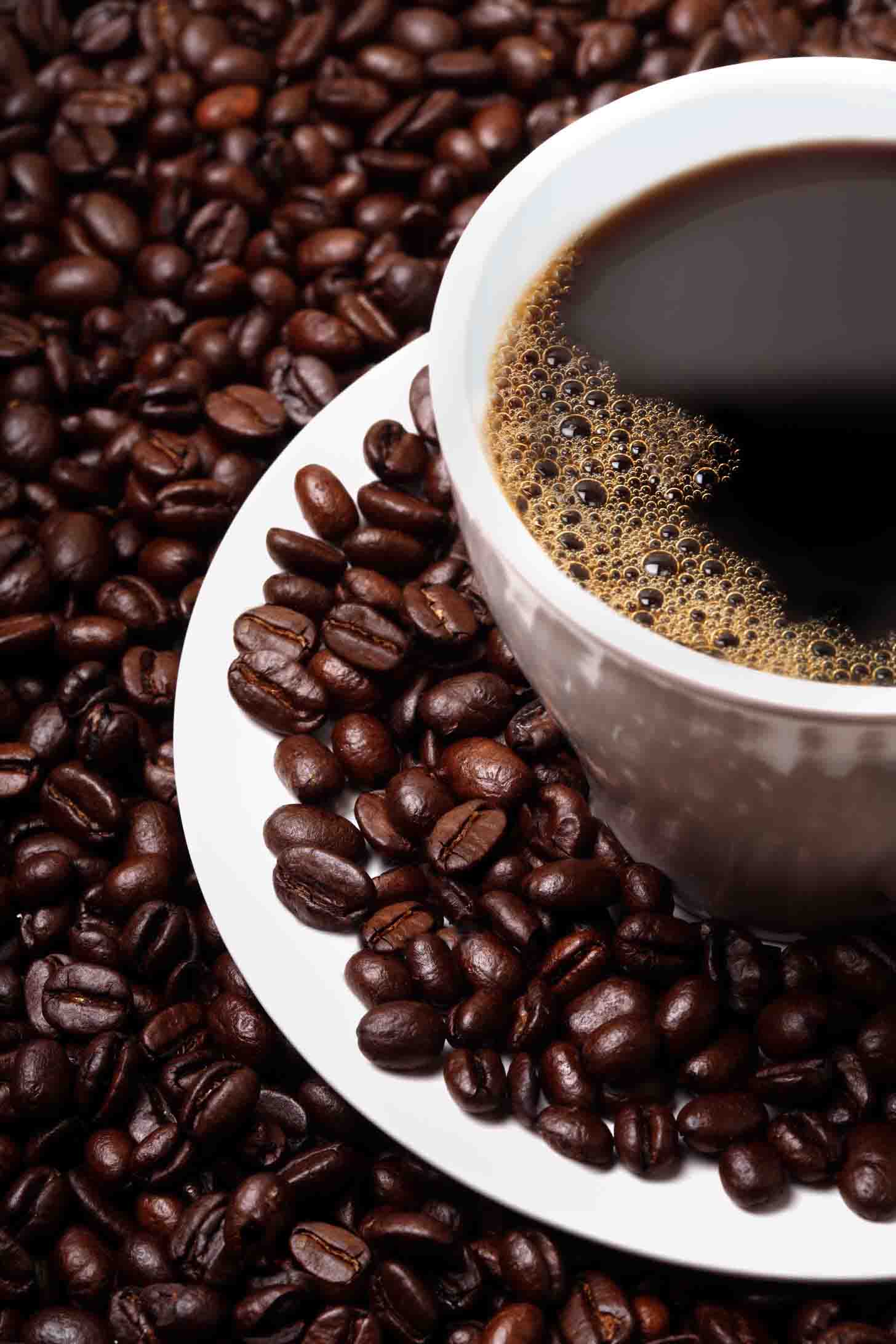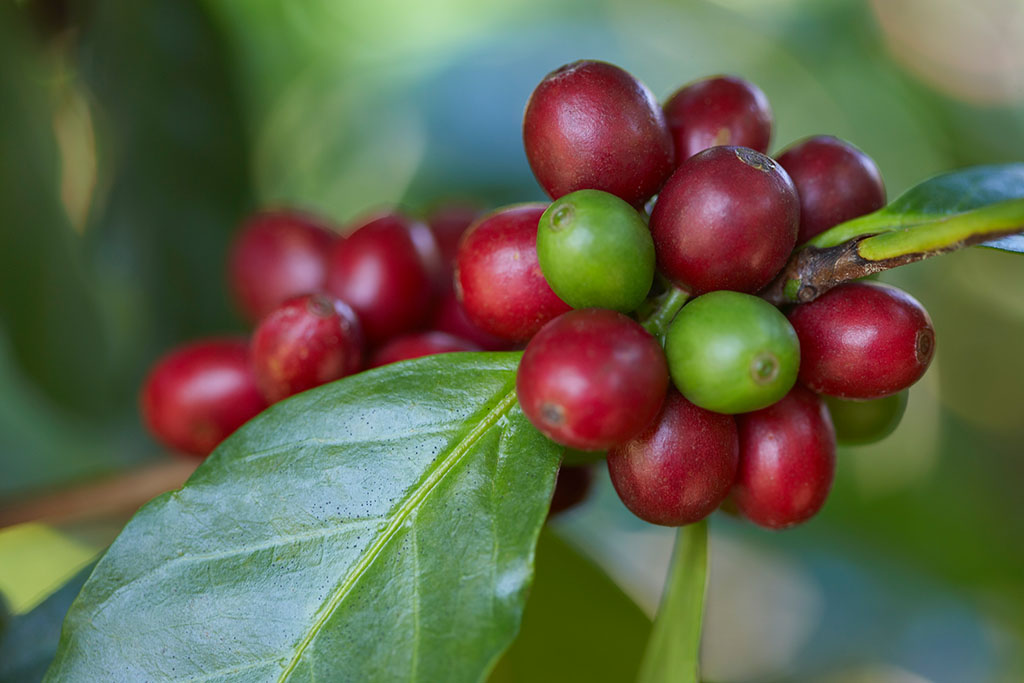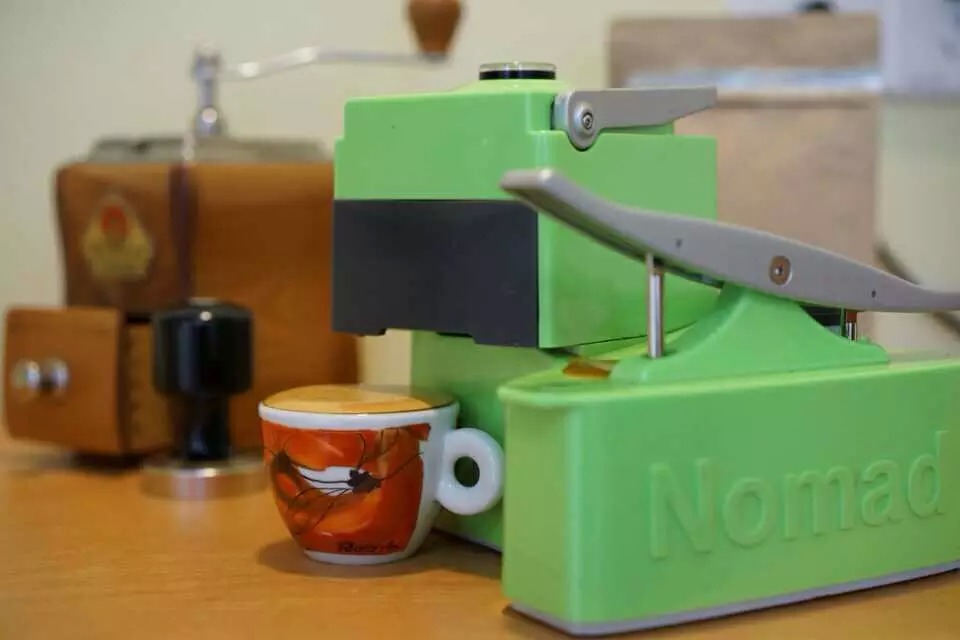Different powders for making espresso are better than espresso beans and espresso milk bubbles.
To master the gouache ratio, you can use a constant amount of coffee powder (for example, 18 grams) in the exercise, try to match different total coffee weight, and then compare the differences in taste, purity and mellowness. You need to decide the final gouache ratio according to your personal preference. Only through constant practice and exploration can you make an espresso that really suits you.
People have different taste preferences for espresso in different countries of the world. Even in the same country, the proportion of gouache used in different cafes varies. Although espresso is not the oldest coffee drink, it has become an important part of each country's culture, so each country's use of gouache ratio is unique.
For example, if you walk into the Vivace Espresso coffee shop in Seattle, USA, you usually get a cup of espresso with a gouache ratio of between 1:1 and 1. 5. The coffee shop's founder, David Schomer, was a pioneer in the Italian espresso industry at the time, bringing the coffee to the northwestern United States for the first time. Italian espresso is extremely strong and thick, but lacks purity and dryness. Extremely low gouache ratio, coupled with deep-roasted, low-altitude grown coffee beans, the resulting coffee chocolate and caramel flavor is very strong. When Xiao Mo first introduced this kind of coffee to the United States, Americans still drank coffee with milk. This very strong espresso brings a new coffee experience to the local people.
As light-roasted, high-altitude coffee has become more popular in the past few years, the proportion of water popular on the market has also changed. Today, coffee shops in the United States, Europe and Australia are accustomed to using the gouache ratio of "Normale" espresso (1purl 1.5 or 1:2). As more coffee shops use individual coffee to make espresso, there is also a higher demand for gouache ratio. Increasing the gouache ratio can improve the purity and dryness of coffee and make lightly roasted coffee beans grown at high altitude easier to extract.
Of course, when it comes to espresso, we have to mention the hometown of the espresso machine. If you have ever visited Italy, you must have been to an Italian espresso. To your surprise, the gouache ratio used by the locals is usually around 1:3. This traditional recipe has been around for a hundred years. Therefore, while most countries in the United States and Europe use 16-19 grams of coffee powder to make 24-38 grams of coffee, Italians prefer to use 7 grams of coffee powder to make 21 grams of espresso.
The coffee industry has undergone earth-shaking changes in the past few years, so people's understanding of Italian espresso is constantly changing. Some baristas and industry insiders are constantly exploring ways to make "Lungo" espresso and increasing the gouache ratio to 1:4 or higher. With the continuous increase in the proportion of gouache, the purity of coffee continues to improve, the taste and consistency of coffee continue to decrease, and the unique taste of coffee can be better reflected. This gouache ratio is similar to the traditional drip filter coffee and is becoming more and more popular in boutique coffee shops.
Matt Perger, from the St.Ali Cafe in Australia, has been pursuing and studying high gouache ratios for the past few years, and at one point tried to make espresso with gouache ratios at 1:17. This method of making is very rare, but it can well reflect the popular trend in the coffee industry today. We are constantly innovating the definition of espresso and our understanding of the use of espresso machines, and our ultimate goal is to make more delicious espresso.
Each cup of coffee is unique, and the gouache ratio you use will change according to the variety of coffee. But as long as you know how to find the best gouache ratio, you will certainly be able to make the most delicious espresso according to your preferences!

Important Notice :
前街咖啡 FrontStreet Coffee has moved to new addredd:
FrontStreet Coffee Address: 315,Donghua East Road,GuangZhou
Tel:020 38364473
- Prev

The patented term ninety + treatment of W2Magol H2 N2, Red, Ruby, Solkiln 90
The names W2, Red, Ruby and Solkiln on the product name are all 90 patent terms. They represent different processing technologies. W2, H2, N2 90 + thought that coffee itself is a kind of fruit, so it decided its own exclusive treatment method according to taste (W2), (H2), (N2). The distinction between these three flavors can also be simply understood as a treatment method: W2=WASH washing treatment.
- Next

Nomad portable espresso machine popular espresso machine espresso with coffee beans
Nomad can be said to be the most environmentally friendly and compact espresso machine in the world. It requires no power supply, is compact and easy to operate. Let you in any spare corner, as long as you have Nomad, coffee and water, you can brew high-quality espresso like an experienced coffee master. Nomad exclusive patented technology True Crema Valve solves the problem of coffee grinding particles
Related
- Guji coffee producing area of Guji, Ethiopia: Humbela, Shakiso, Wulaga
- What is the most expensive variety of Qiloso in BOP multi-variety group?
- How to store the coffee beans bought home?
- Why are Yemeni coffee beans so rare now?
- Ethiopian Sidamo all Red Fruit Sun Sun Santa Vini Coffee beans
- SOE is mostly sour? What does it mean? Is it a single bean? what's the difference between it and Italian blending?
- Is Italian coffee beans suitable for making hand-brewed coffee?
- How to choose coffee beans when making cold coffee? What kind of coffee beans are suitable for making cold coffee?
- Just entered the pit to make coffee, what kind of coffee beans should be chosen?
- Can only Japan buy real Blue Mountain Coffee? What are authentic Jamaican Blue Mountain coffee beans?

